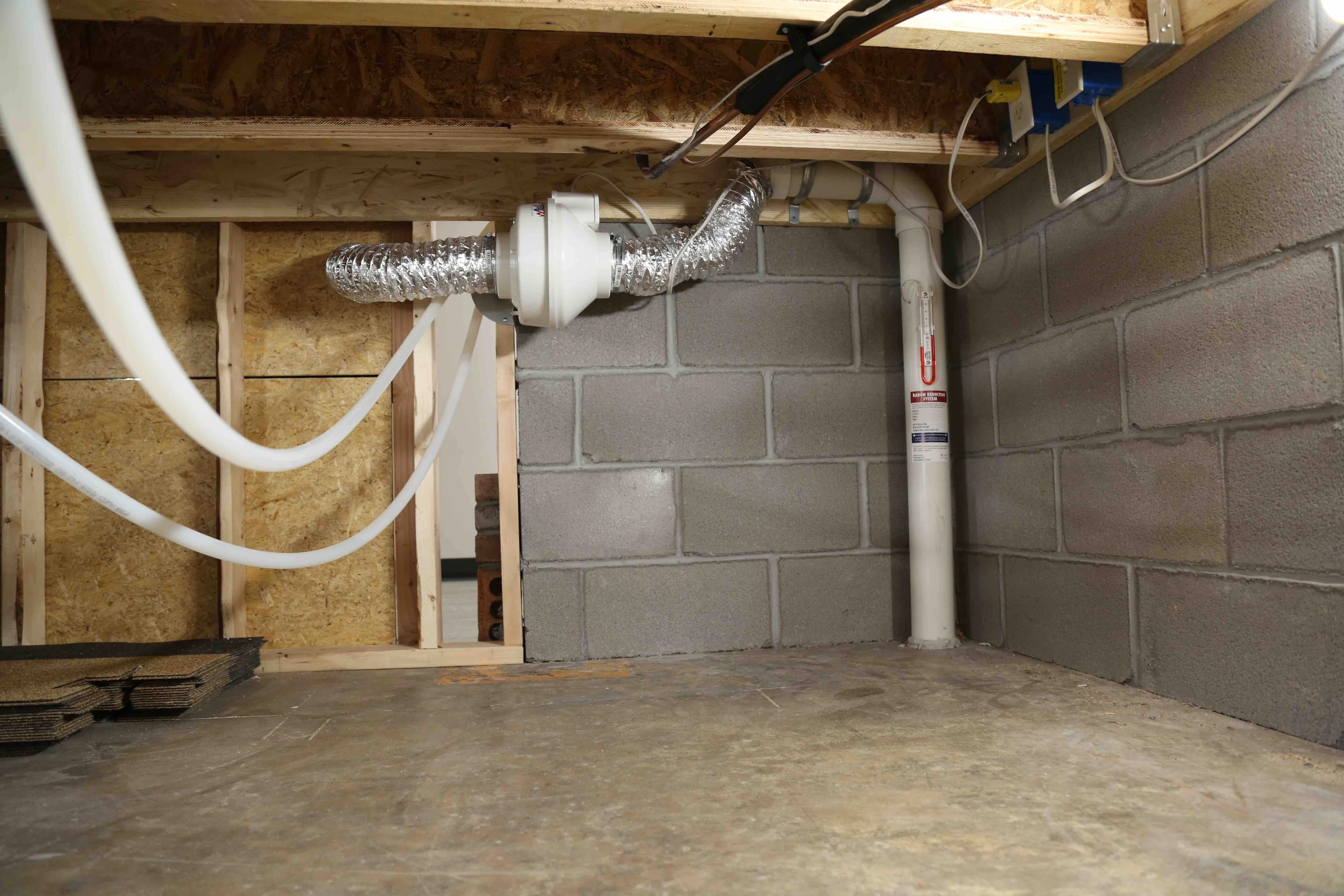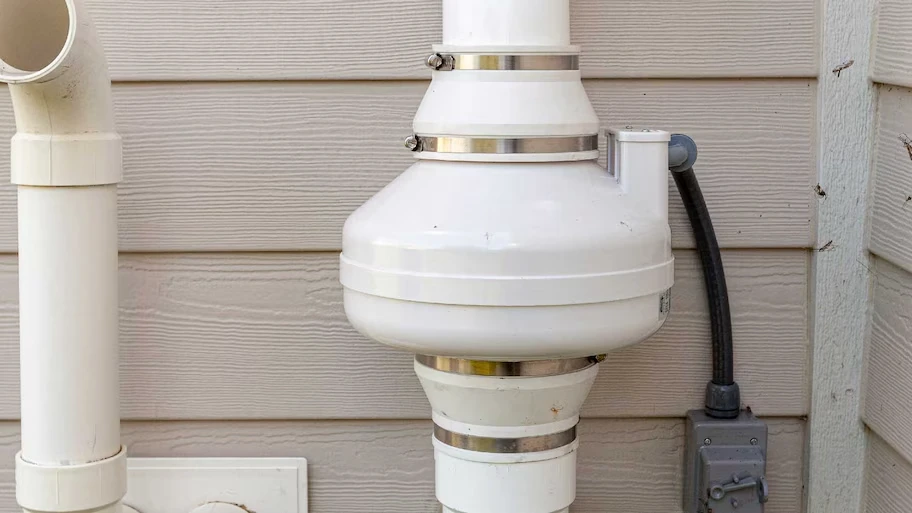Radon Testing Services
Comprehensive Overview of the Radon Mitigation Process
The radon mitigation process begins with a thorough testing of your home to measure radon levels and identify any areas where radon is entering the building. Once the radon levels are confirmed, the mitigation specialist will design a system tailored to your home’s specific needs. This system typically involves sub-slab depressurization, where a pipe and fan system is installed to draw radon from beneath the house and vent it safely outside. The installation process may include sealing cracks in the foundation and other entry points to prevent radon from seeping in. After installation, the system is tested to ensure it is effectively reducing radon levels to within safe limits. The entire process is conducted with minimal disruption to your home, ensuring your living environment remains safe and comfortable.
Long-Term Benefits of Professional Radon Mitigation
Engaging in professional radon mitigation services offers substantial long-term health and safety benefits. By reducing radon levels in your home, you significantly decrease the risk of lung cancer and other health issues associated with radon exposure. Additionally, a properly installed radon mitigation system ensures ongoing protection, maintaining safe radon levels over time. This proactive measure not only protects your health but also enhances your property’s value by addressing potential environmental hazards. Furthermore, regular maintenance and monitoring of the mitigation system ensure its continued effectiveness, providing long-term peace of mind.
FAQs
How often should I test my home for radon?
It’s recommended to test your home for radon every two years, or after significant renovations or changes to your home’s structure. Regular testing ensures that radon levels remain within safe limits.
What are the typical signs that my home may have high radon levels?
Radon is odorless and colorless, so it cannot be detected without proper testing. High radon levels can only be confirmed through specialized testing kits or professional radon measurement services.
Can I install a radon mitigation system myself, or should I hire a professional?
While DIY radon mitigation kits are available, hiring a professional is strongly recommended. Professionals have the expertise to design and install effective systems tailored to your home, ensuring that radon levels are safely reduced.
What should I do if high radon levels are detected in my home?
If high radon levels are detected, it’s important to contact a certified radon mitigation specialist immediately. They will assess the situation and recommend the appropriate steps to reduce radon levels in your home.
Is radon mitigation a one-time fix, or does it require ongoing maintenance?
Radon mitigation systems generally require minimal maintenance, but it’s important to regularly test your home and have the system inspected to ensure it continues to function effectively over time.







